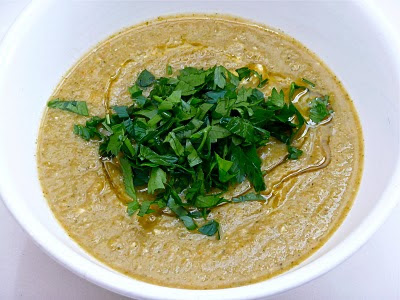I ate way too many simple carbs today and by the time it got to six o’clock, I was desperate for some good quality protein and a green crunchy salad. On the way home, I was very excited to see there was still some australian sashimi grade tuna at the local fishmonger. I thought this would go perfectly with in-season fennel, oranges and lime – and also rid me of the sluggishness that comes with a day of unbalanced eating.
There are lots of reasons to eat fish. It is an excellent source of protein, low in saturated fats and contains omega 3 fatty acids. Omega 3’s have been linked to maintaining cardiovascular health and the healthy development of the brain, eyes, skin and nervous system. Omega 3 fats are also believed to protect against inflammation, depression and behavioural disorders. Try to eat at least 100g of fish 2-3 times a week.
Ingredients
- 200g fillet of tuna (sashimi grade)
- 3 cups of mixed lettuce leaves and rocket
- 1 cup thinly sliced fennel
- 1 orange (segmented)
- cherry tomatoes
- Tbsp of chives (chopped)
Dressing
- 2 tablespoons lime juice
- 1 tbsp honey
- 5 tbsp olive oil
- 1 tbsp of sesame oil
- 1 tbsp of tamari
- 1 tbsp of Mirin
- Tbsp of sesame seeds
- Salt and Pepper
Serves 4 as starter or 2 as main course
Source for fish information: Jukic, K. 2010. Fish and Seafood lecture. University of Sydney


